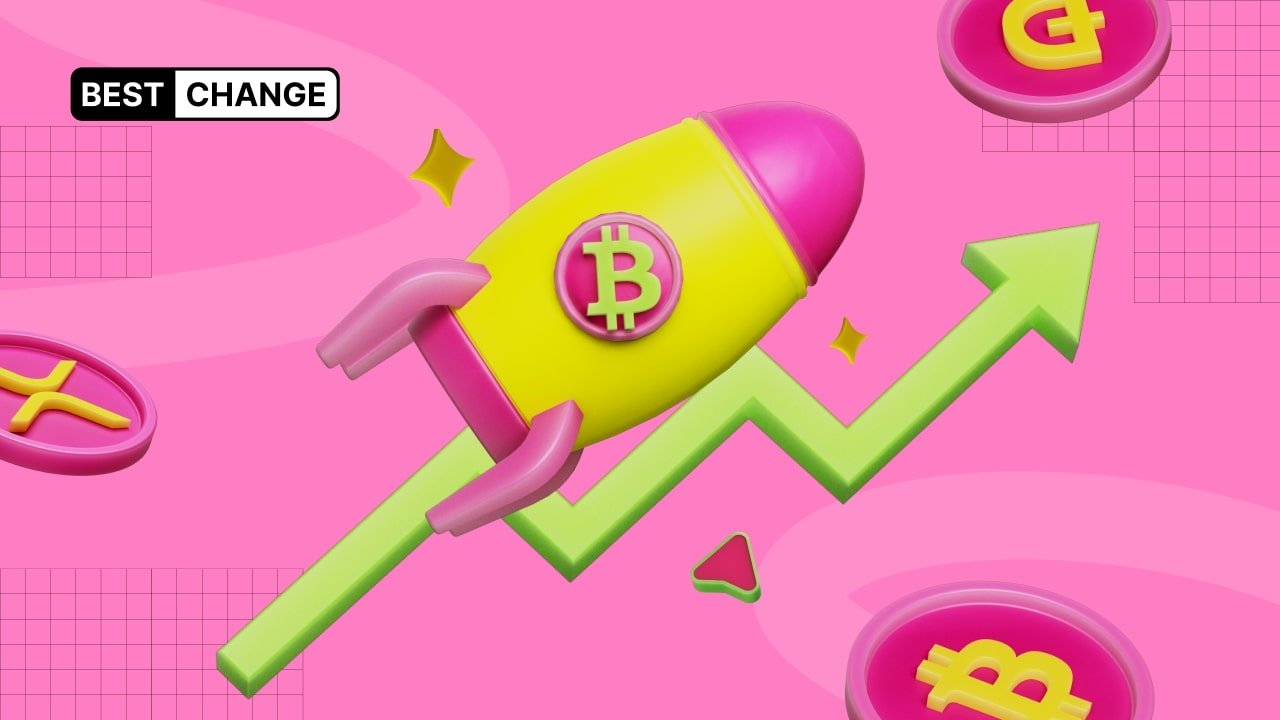Cryptocurrencies on the path to dominance: how Bitcoin and blockchain are outpacing traditional asse

As of 2023, the number of daily Bitcoin transactions was just over 20,000. However, by June 2025, this number had nearly quintupled, exceeding 110,000.
The number of daily active users across the top five blockchain ecosystems has reached nearly 19 million, representing a growth of more than 40% since the end of 2024.
All of this points to a rapidly growing demand for cryptocurrencies, which, by some metrics, are already surpassing traditional assets.
Reduction in transaction costs
Bitcoin became the first asset in the world that does not require storage costs. For example, gold requires either a safe or a separate vault. Real estate is taxed, and fiat currencies require account maintenance fees in addition to commissions.
In other words, traditional assets always require intermediaries, which increases costs. This can be observed through the price of transfers: for example, a bank transfer of $1 million typically costs a client more than $10,000. In contrast, using Bitcoin for the same transfer would cost only a few dollars, as the only expenses on the Bitcoin network are fees paid to miners for transactions.
Bitcoin transaction fees depend on network congestion and, as of June 2025, are approximately $ 1.30. While this amount may seem high for microtransactions, one can use special solutions like Lightning Network (LN). Lightning Network enables almost free and instant Bitcoin transfers. For example, LN is commonly used for payments in stores and restaurants that accept Bitcoin.
Protection against inflation
Bitcoin is an asset with predictable issuance. In other words, analysts can forecast the number of bitcoins that will be introduced into circulation for decades to come. Moreover, more than 90% of all bitcoins have already been mined, and their number will decrease over time due to the loss of private keys to wallets (various estimates suggest that between 20% and 30% of existing coins have already been lost).
Fiat currencies, on the other hand, can be printed in any quantity at any moment. For instance, from 2020 to 2022, during the pandemic crisis response, the United States increased its money supply by 40%.
In contrast, the rate of Bitcoin issuance decreases due to the deflationary halving mechanism built into its protocol, which roughly every four years reduces the rate at which coins are mined by half.
Thanks to the limited supply, even during bear markets, Bitcoin's price growth outpaces inflation. For example, from 2013 to 2023, inflation in the United States was about 28%, while Bitcoin's price increased by more than 8,000%. The price of gold remained roughly in line with inflation while the dollar lagged.
Comparison of annual returns for Bitcoin and traditional assets
Cryptocurrencies have become record-breakers among assets for average annual returns, significantly outperforming many stocks and stock indices. For example, analysts estimate that Bitcoin's average yearly return reached 130%.
In comparison, the exact figure for the S&P 500 index is ~10%, and for gold, only around 3%. For instance, in 2024, the growth rates were as follows:
- Bitcoin — 120%;
- Ethereum — 46%;
- S&P 500 — 25%;
- Nasdaq — 36%.
Additionally, unlike the stock market, where trading typically opens at a specific time, the cryptocurrency market remains open 24/7. This allows investors to react quickly in the event of a market crash, which, in the case of a stock market collapse and the closure of exchanges, can lead to gaps.*
* A gap is the difference between the closing price of one trading period and the opening price of the next on the stock exchange.
Market capitalization and liquidity
In June 2025, Bitcoin's market capitalization surpassed $2 trillion, while the total cryptocurrency market reached $3.3 trillion. This placed Bitcoin 6th in the global asset ranking, surpassing even Alphabet (Google) stocks and silver.
In the past year, Bitcoin's market capitalization has grown by approximately 1.5 times, and the trading volume of the leading cryptocurrency has increased by nearly a third, from $33.14 billion to $44.12 billion.
Growth of institutional investments
There is a steady increase in capital flowing into the crypto industry from traditional companies and large private investors. In 2023, according to PwC, institutional investment in cryptocurrencies totaled only $4 billion; however, by 2024, it had exceeded $15 billion.
According to forecasts from Bloomberg and PwC, institutional investments could reach $20 billion by 2025. Analysts also note that this figure will include participation in staking and decentralized finance (DeFi).
For comparison, in 2020, corporate investments totaled just $1.5 billion, whereas daily inflows into Bitcoin ETFs can now exceed $1 billion per day. Experts estimate that if Bitcoin's price stabilizes around ~$100,000, daily inflows into Bitcoin funds could rise to $1.5–$2 billion.
Mass adoption is closer
In 2020, the number of cryptocurrency users was just 46 million. However, the DeFi and NFT boom led to explosive market growth, resulting in a more than fourfold increase in cryptocurrency users to 200 million.
By 2024, according to TripleA, the number of people owning cryptocurrency exceeded 500 million — about 6% of the global population. In other words, one in every sixteen people on Earth has used cryptocurrency at least once.
Moreover, according to a survey by Rew Research, one in five Americans owns cryptocurrency, and 38% of the population in Asia uses digital assets. In Southeast Asia, young people are more likely to use cryptocurrency than bank accounts.
Bitcoin has become so popular that, by May 2025, the number of holders in the U.S. surpassed even gold, with 49.6 million Bitcoin holders compared to 36.7 million gold holders, according to a report by River. This reflects the growing interest in cryptocurrencies as a long-term investment tool.
